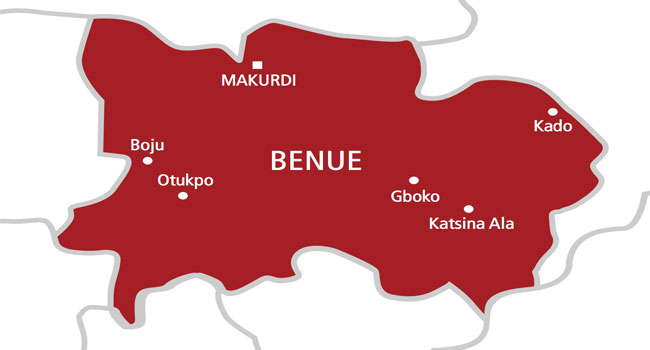Cigar-Shaped Interstellar Strange ‘Alien Probe’ Stumbles Into Earth


The first asteroid from outside our solar system came flying towards us at 97,200mph (156,428km/h) after colliding with another cosmic body billions of years ago.
That’s the summation on ‘Oumuamua, the new and the mysterious ‘alien probe’ asteroid that was seen in October by the earth’s telescope.
Researchers understand the cigar-shaped asteroid had a ‘violent past’, after observing the light emitting off its surface.
The team aren’t exactly sure when the violent collision took place, but they believe the lonely asteroid’s will continue tumbling in space for at least a billion years
The new study, by Queen’s University Belfast, is featured in Sunday’s Sky At Night episode on the BBC and published in Nature Astronomy.
When it was found last year, the asteroid was claimed to be a possible spaceship from another galaxy.
Around the size of the Gherkin skyscraper in London, some astronomers were convinced it was piloted by aliens due to the vast distance the object traveled without being destroyed – and the closeness of its journey past the Earth.
Alien hunters at SETI – the Search for Extra-terrestrial Intelligence based at Berkeley University, California said there was a possibility the rock was ‘an alien artefact’.
But scientists from Queen’s University Belfast took a good look at the object and said it appears to be an asteroid, or ‘planetesimal’ as originally thought.
Scientists revealed that the object survived its long journey because it had a protective crust which stopped its core – probably made of ice – from vapourising.
Now, in their new study, the Belfast team have attempted to create a more accurate profile of Oumuamua, to find out where it came from, and where it is going.
To do this, they studied changes in its brightness over time.
The new study, by Queen’s University Belfast, is featured in Sunday’s Sky At Night episode on the BBC and published in Nature Astronomy.
When it was found last year, the asteroid was claimed to be a possible spaceship from another galaxy.
Around the size of the Gherkin skyscraper in London, some astronomers were convinced it was piloted by aliens due to the vast distance the object traveled without being destroyed – and the closeness of its journey past the Earth.
Alien hunters at SETI – the Search for Extra-terrestrial Intelligence based at Berkeley University, California said there was a possibility the rock was ‘an alien artefact’.
But scientists from Queen’s University Belfast took a good look at the object and said it appears to be an asteroid, or ‘planetesimal’ as originally thought.
Scientists revealed that the object survived its long journey because it had a protective crust which stopped its core – probably made of ice – from vapourising.
Now, in their new study, the Belfast team have attempted to create a more accurate profile of Oumuamua, to find out where it came from, and where it is going.
To do this, they studied changes in its brightness over time
Until now, scientists had been puzzled that `Oumuamua’s colour varied between measurements.
However, Dr Fraser’s research has now revealed that its surface is spotty and that when the long face of the cucumber-shaped object was facing telescopes on Earth it was largely red but the rest of the body was neutral coloured, like dirty snow.
Dr Fraser said: ‘Most of the surface reflects neutrally but one of its long faces has a large red region.
‘This argues for broad compositional variations, which is unusual for such a small body.’
‘We now know that beyond its unusual elongated shape, this space cucumber had origins around another star, has had a violent past, and tumbles chaotically because of it,’ said Dr Fraser.
‘Our results are really helping to paint a more complete picture of this strange interstellar interloper. It is quite unusual compared to most asteroids and comets we see in our own solar system.’
The team are now hunting is now on for more ‘Oumuamua-like objects, according to a report in the BBC.
They believe there may be around 10,000 similar ‘alien asteroids’ passing through our solar system inside the orbit of Neptune.










